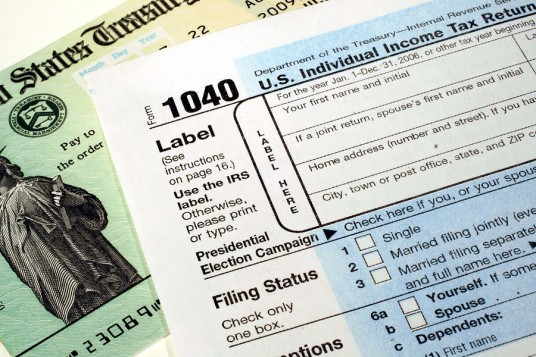- Dependent. Most of the time, taxpayers can claim their child as a dependent. Taxpayers can generally deduct $4,050 for each qualified dependent. If the taxpayer’s income is above a certain limit, this amount may be reduced.
- Child Tax Credit. Generally, taxpayers can claim the Child Tax Credit for each qualifying child under the age of 17. The maximum credit is $1,000 per child. Taxpayers who get less than the full amount of the credit may qualify for the Additional Child Tax Credit.
- Child and Dependent Care Credit. Taxpayers may be able to claim this credit if they paid for the care of one or more qualifying persons. Dependent children under age 13 are among those who qualify. Taxpayers must have paid for care so that they could work or look for work.
- Earned Income Tax Credit. Taxpayers who worked but earned less than $53,505 last year should look into the EITC. They can get up to $6,269 in EITC. Taxpayers may qualify with or without children.
- EITC and ACTC Refunds. Because of new tax-law change, the IRS cannot issue refunds before Feb. 15 returns that claim the Earned Income Tax Credit (EITC) or the Additional Child Tax Credit (ACTC). This applies to the entire refund, even the portion not associated with these credits. The IRS will begin to release EITC/ACTC refunds starting Feb. 15. However, the IRS expects the earliest of these refunds to be available in bank accounts or debit cards during the week of Feb. 27, as long as there are no processing issues with the tax return and the taxpayer chose direct deposit. Read more about refund timing for early EITC/ACTC filers
- Adoption Credit. It is possible to claim a tax credit for certain costs paid to adopt a child. For details, see Form 8839, Qualified Adoption Expenses.
- Education Tax Credits. An education credit can help with the cost of higher education. Two credits are available: the American Opportunity Tax Credit and the Lifetime Learning Credit. These credits may reduce the amount of tax owed. If the credit cuts a taxpayer’s tax to less than zero, it could mean a refund. Taxpayers may qualify even if they owe no tax.
- Student Loan Interest. Taxpayers may be able to deduct interest paid on a qualified student loan. They can claim this benefit even if they do not itemize deductions. Use the Interactive Tax Assistant to determine if interest paid on a student or educational loan is deductible. For more information, see Publication 970
- Self-employed Health Insurance Deduction. Taxpayers who were self-employed and paid for health insurance may be able to deduct premiums paid during the year. See Publication 535, Business Expenses, for details.
Owe the IRS and need help? Get a free consultation from an experienced tax relief expert today (800)790-8574 or visit our www.advancetaxrelief.com
Google: https://plus.google.com/+ADVANCETAXRELIEFLLCHouston
BBB:https://www.bbb.org/houston/business-reviews/taxes-consultants-and-representatives/advance-tax-relief-llc-in-houston-tx-90024857/reviews-and-complain
BBB:https://www.bbb.org/houston/business-reviews/taxes-consultants-and-representatives/advance-tax-relief-llc-in-houston-tx-90024857/reviews-and-complain
Testimonials: “If you’re in serious tax debt, I recommend these guys completely, 100 percent. It’s not a scam, it’s not fake, it’s real. They will really take care of you.” - A. Ortiz




